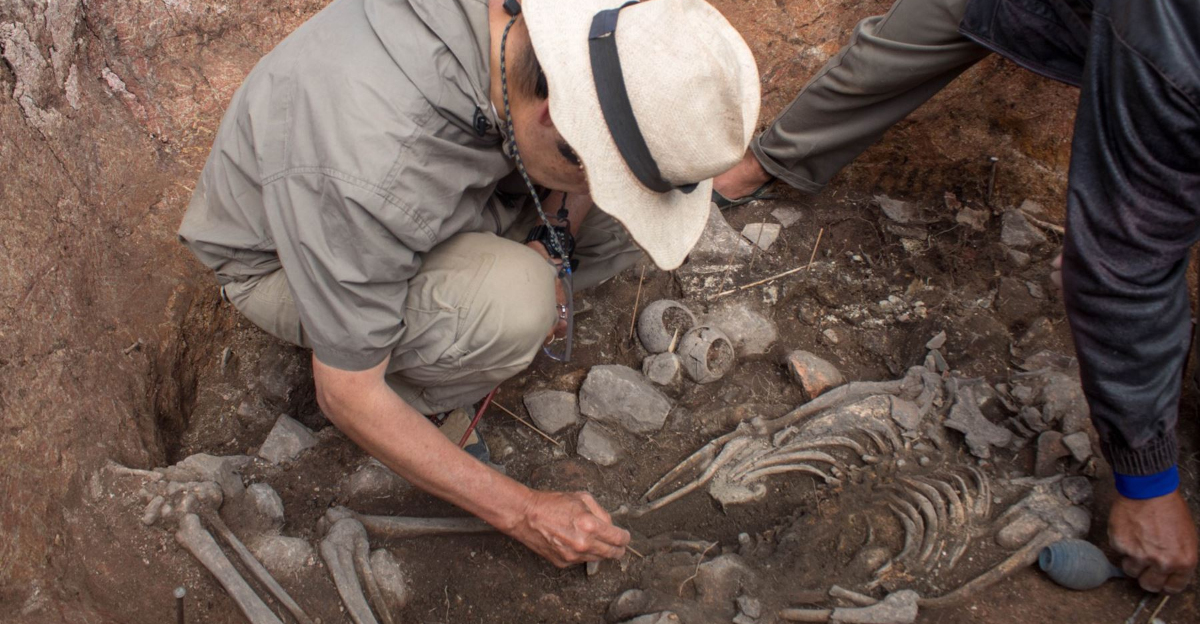
In 2005, paleontologists uncovered fossil remains in the Grand Staircase-Escalante National Monument, a rugged area of southern Utah. These remains were brought to the Natural History Museum of Utah in Salt Lake City and stored in a jar labeled only as “lizard.”
For nearly 20 years, fossil sat unnoticed until Hank Woolley, a postdoctoral research fellow at the Natural History Museum of Los Angeles County’s Dinosaur Institute, discovered it during a visit to the museum and opened the jar to reveal a fragmentary skeleton.
Discovery of a New Species: Bolg amondol
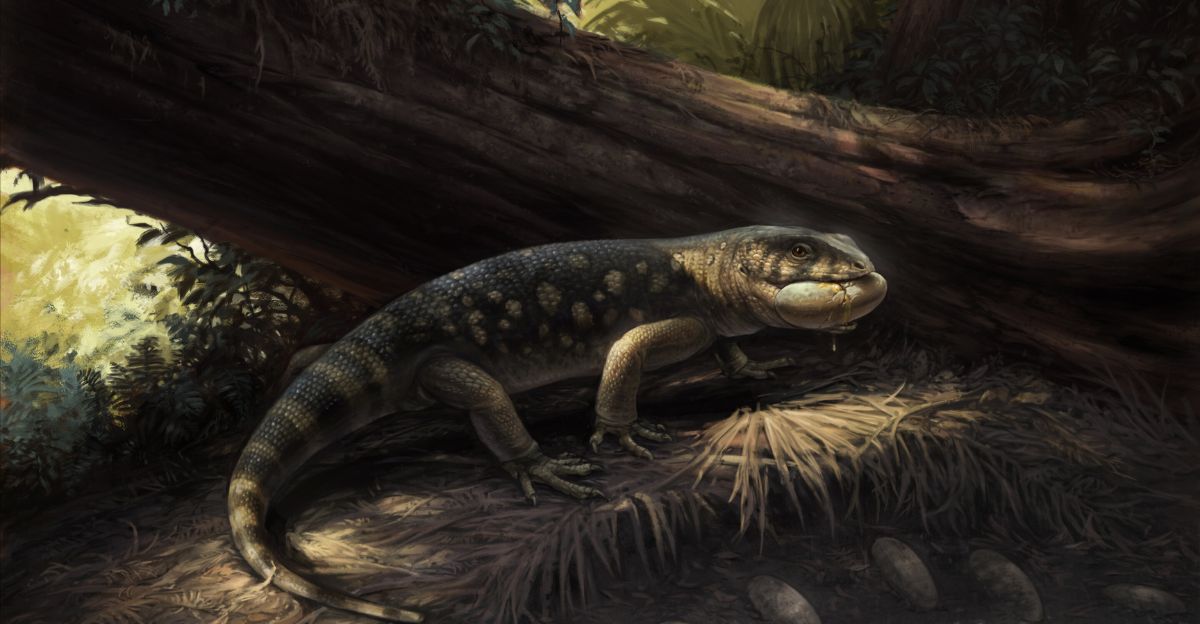
Upon examining the fossil, Woolley recognized the significance of the find, as it represented a large-bodied lizard from the Kaiparowits Formation, a formation of which relatively little was known.
His detailed analysis revealed that the fossil was from a previously unknown species of lizard, which was about the size of a raccoon. The species was named Bolg amondol, inspired by the goblin prince in J.R.R. Tolkien’s “The Hobbit,” due to the lizard’s goblin-like skull features.
Bolg amondol’s Place in the Ecosystem
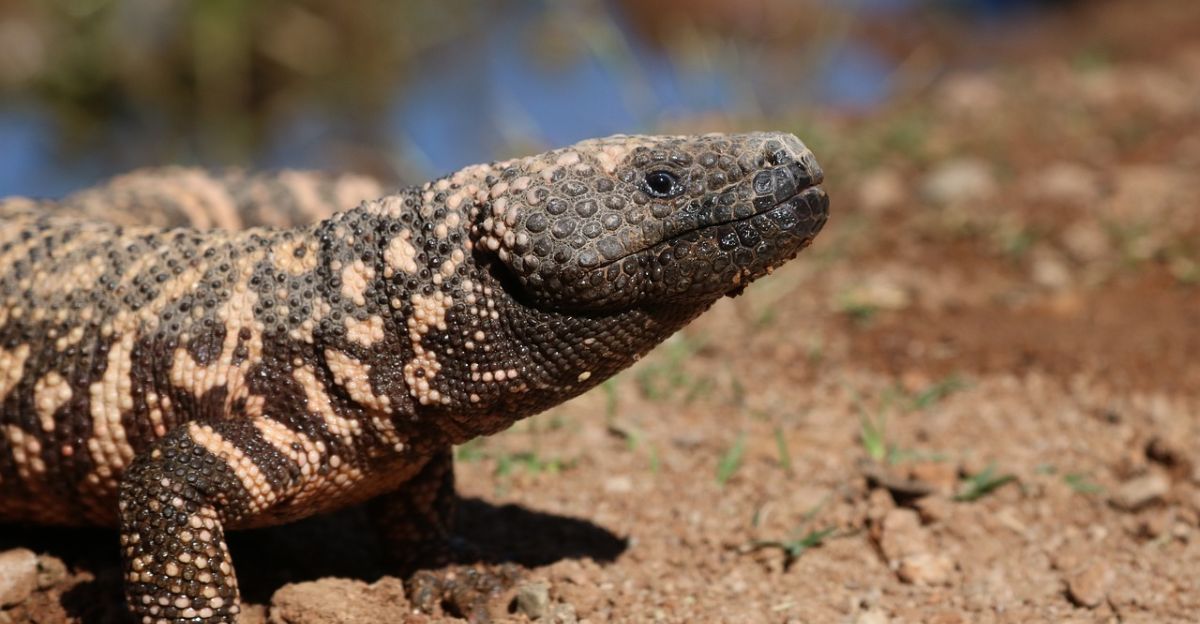
Bolg amondol existed around 76 million years ago during the Late Cretaceous period, in a subtropical floodplain environment that was lush and productive.
It coexisted with several other large predatory lizard species, suggesting a stable and diverse ecosystem where these reptiles exploited various prey and microhabitats. This discovery sheds light on the complexity and richness of prehistoric ecosystems in present-day southern Utah.
Relationship to Modern Gila Monsters
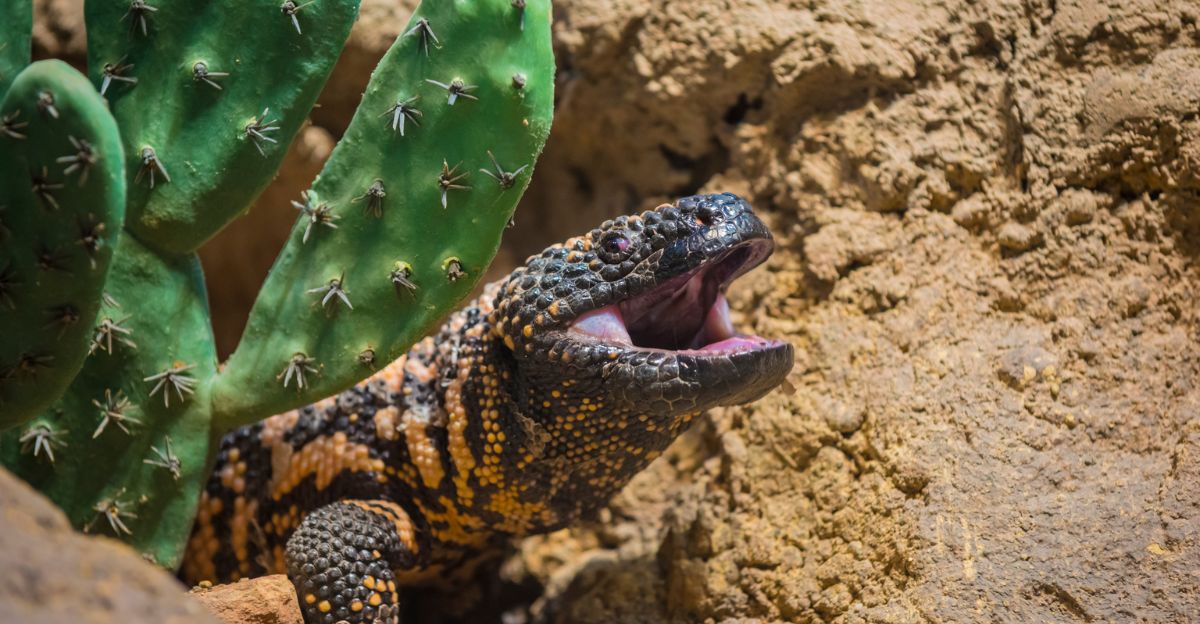
The research team found that Bolg amondol was an ancestor of modern Gila monsters, which are venomous lizards native to the southwestern United States today.
This evolutionary link provides valuable insight into the lineage and adaptation of these unique reptiles over millions of years. The fossil includes parts of the skull, limb, vertebrae, and bony armor fragments, allowing researchers to compare it with known species and understand its evolutionary relationships.
Significance of Museum Collections

The revelation that Bolg amondol remained hidden in a museum jar for 20 years underscores the importance of museum collections and the potential for significant discoveries within them.
Countless specimens and fossils kept in storage could be of unknown scientific value and are waiting for someone like Woolley to recognize their importance. This case highlights the importance of natural history museums in advancing paleontological knowledge.
Insights into Late Cretaceous Biodiversity
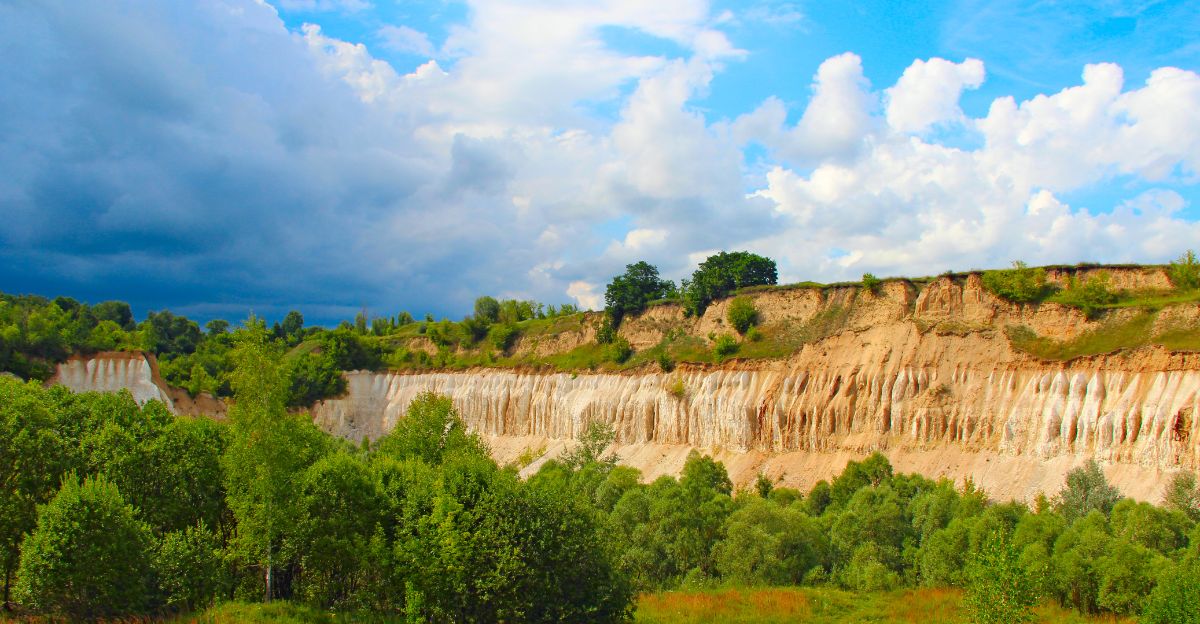
The discovery of Bolg amondol indicates that large-bodied lizards may have been more diverse and abundant in North America during the Late Cretaceous than previously thought.
It challenges previous assumptions about reptile diversity and highlights the coexistence of multiple large predatory lizard species alongside dinosaurs, enriching our understanding of prehistoric life.
Contribution to Understanding Utah’s Ancient Environment
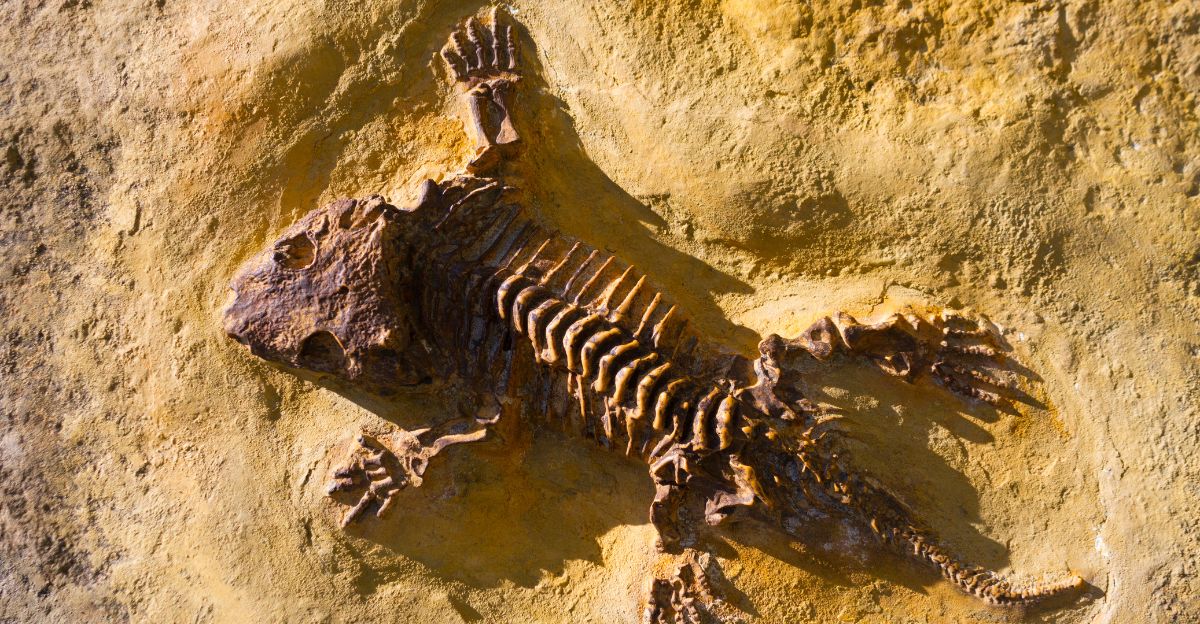
The fossil provides a clearer picture of Utah’s environment 76 million years ago, revealing a subtropical floodplain ecosystem with a variety of predators and prey.
This environment contrasts sharply with the arid landscapes of modern Utah, illustrating significant climate and ecological changes over millions of years. Such findings help reconstruct ancient habitats and climate conditions.
Collaboration and Publication of Findings

The study identifying Bolg amondol was led by Hank Woolley. It involved researchers from the Dinosaur Institute at the Natural History Museum of Los Angeles County and the Natural History Museum of Utah.
These results were published in the journal Royal Society Open Science, contributing to the scientific literature on prehistoric reptiles and their ecosystems.
Broader Implications for Paleontology
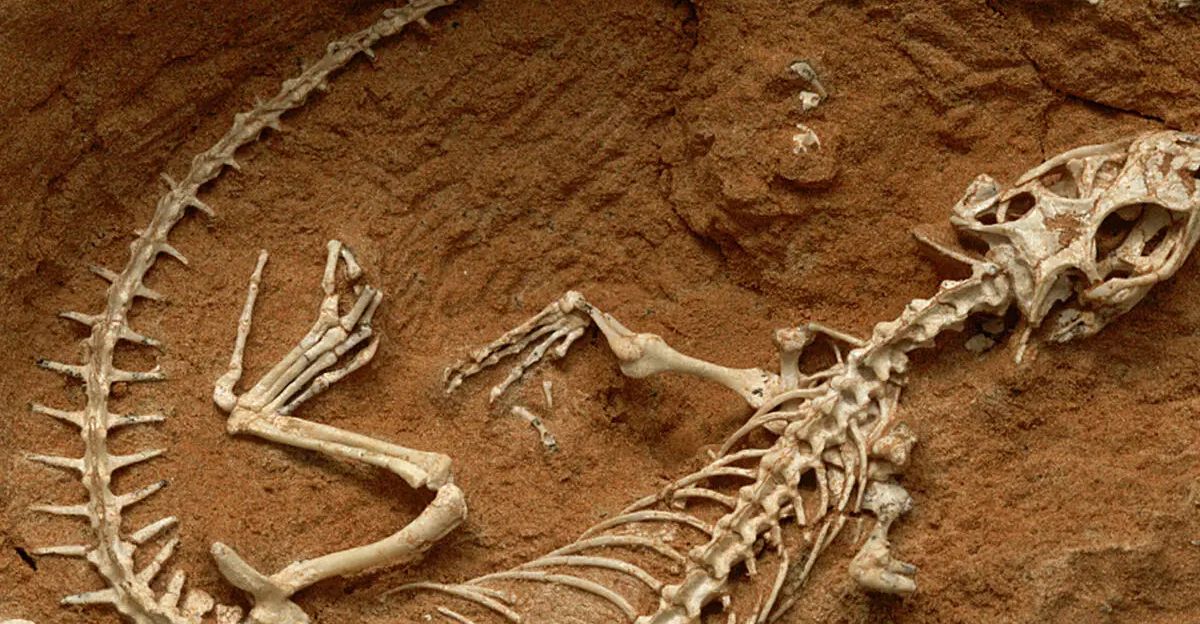
This discovery not only adds a new species to the fossil record but also opens avenues for further research into the evolution of the lizards and their survival strategies during the Late Cretaceous.
It complements other studies on contemporaneous species, such as crocodiles and alligators, enhancing our understanding of how various groups of reptiles adapted and survived through extinction events.
Future Prospects for Discoveries in Utah
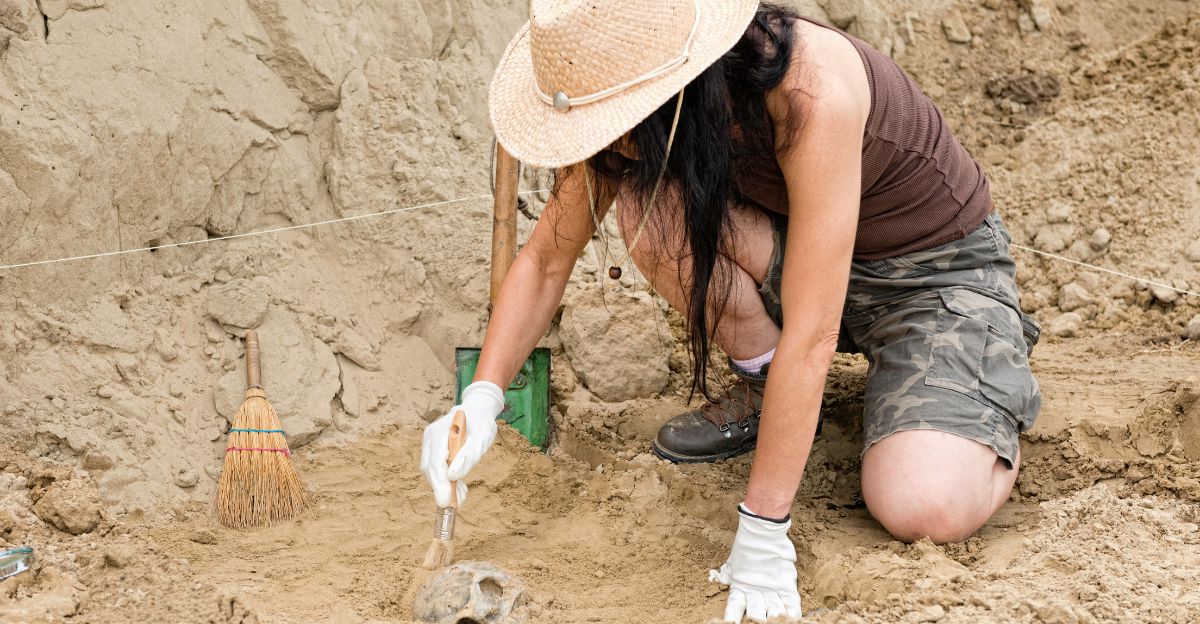
Researchers believe that Bolg amondol is likely one of several undiscovered species from the Late Cretaceous period in Utah’s public lands. The discovery encourages continued exploration and examination of both field sites and museum collections, suggesting that more significant paleontological finds may be waiting to be uncovered in the region
Explore more of our trending stories and hit Follow to keep them coming to your feed!

Don’t miss out on more stories like this! Hit the Follow button at the top of this article to stay updated with the latest news. Share your thoughts in the comments—we’d love to hear from you!







